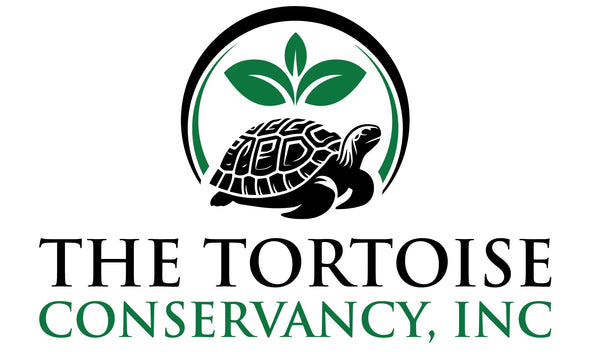
The Science of the Burrow: How Gopher Tortoises Shape Microhabitats
Share
Few animals shape their surroundings as profoundly as the gopher tortoise. These quiet architects of the Southeast dig deep into sandy soils, creating burrows that transform the landscape into a network of microhabitats teeming with life. Each burrow, often extending 10 to 40 feet in length and up to 10 feet deep, provides stable temperatures and humidity, making it one of the most important natural structures in Florida’s upland ecosystems.
Engineering the Perfect Shelter
A gopher tortoise’s burrow isn’t random. The design varies depending on soil composition, slope, and vegetation. Sandy, well-drained soils are essential—they allow for stable tunnels that resist flooding but are soft enough for the tortoise to dig using its powerful forelimbs. The entrance usually faces south or southeast, giving the tortoise morning sunlight to warm its body after cool nights.
The smooth-walled tunnels maintain consistent temperatures between 60°F and 80°F throughout the year, shielding the tortoise from extreme weather. During winter cold snaps or summer droughts, this stable environment keeps not only tortoises alive but countless other species as well.
A Refuge for Hundreds of Species
Ecologists call the gopher tortoise a keystone species because of the ecological benefits its burrows provide. More than 350 animal species have been documented using or sharing gopher tortoise burrows, including frogs, snakes, crickets, rabbits, armadillos, and even threatened species like the indigo snake and gopher frog.
These animals use the burrows for shelter, nesting, or protection from predators and fire. Without the tortoise’s digging behavior, many of these species would struggle to survive in the harsh upland conditions where shade and cover are limited.
The burrow also becomes a miniature ecosystem. Moisture near the tunnel walls supports fungi and microorganisms, while small insects break down plant debris. These microhabitats help recycle nutrients back into the soil—an invisible but vital part of the habitat’s health.
How Scientists Study the Underground World
Because burrows are difficult to access without disturbing their inhabitants, researchers use specialized equipment to study them. Fiber-optic “burrow cameras” are inserted into tunnels to document depth, occupants, and structure. Other teams use ground-penetrating radar to create 3D maps of burrow systems.
These studies reveal that tortoises often dig multiple burrows within their home range, sometimes maintaining up to 10 or more active burrows at once. This redundancy provides them and other animals with options for shelter and increases the overall resilience of the habitat.
The Connection Between Burrows and Ecosystem Stability
A single acre of healthy tortoise habitat can contain dozens of burrows, each influencing local temperature, humidity, and soil chemistry. Burrows act as natural aeration systems, loosening compacted soils and improving drainage. They also help regulate water flow by allowing rainfall to percolate more evenly into the ground rather than running off and eroding the landscape.
Fire, an essential part of maintaining Florida’s longleaf pine and scrub ecosystems, further interacts with burrows in remarkable ways. When prescribed burns sweep across a landscape, tortoise burrows become emergency shelters for countless animals. Once the fire passes, burrow mounds act as seedbeds where native plants quickly regenerate.
Threats to Burrows and Their Builders
Despite their ecological importance, tortoises and their burrows are under constant threat. Habitat loss from development, soil compaction from vehicles, and illegal burrow destruction all reduce available shelter. Even well-intentioned activities—like heavy mowing or landscaping—can collapse burrow entrances and trap animals inside.
Because each burrow can take years to construct, its loss represents far more than a hole in the ground—it’s the destruction of a functioning micro-ecosystem. This is why conservation efforts focus not only on protecting tortoises but also on maintaining the integrity of their burrows.
Protecting the Architects of the Uplands
At The Tortoise Conservancy, safeguarding these natural engineers means preserving the land they depend on. Each acre of sandy upland or pine forest provides a foundation for dozens of burrows and hundreds of interconnected lives. Recipient sites like the Live Oak Wildlife Sanctuary & Tortoise Preserve protect both the tortoises and the invisible networks their burrows sustain.
Land managers carefully monitor burrow counts, map their locations, and ensure that prescribed burns, planting, and mowing practices all occur with minimal disturbance. These strategies help maintain both the visible and hidden worlds that keep Florida’s ecosystems thriving.
A World Beneath Our Feet
Every time a gopher tortoise digs, it is literally shaping the world around it. Its burrow serves as a lifeline for the species above and below ground—a stable refuge in a rapidly changing landscape. Understanding and protecting this underground engineering is not only vital for the tortoises but for the balance of Florida’s entire natural ecosystem.

